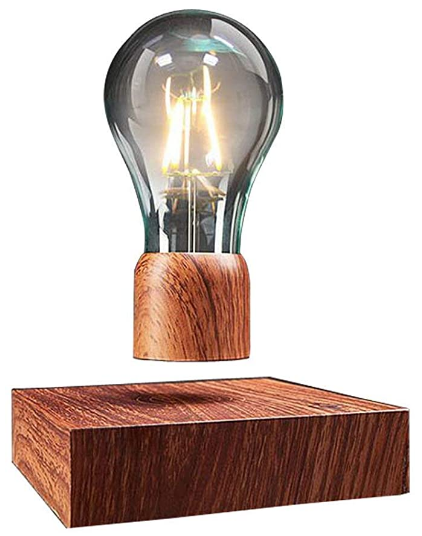Task 1
Imagine that you are preparing a project with your friend. You have found some interesting material for the presentation and you want to read this text to your friend. You have 1.5 minutes to read the text silently, then be ready to read it out aloud. You will not have more than 1.5 minutes to read it.
The jigsaw puzzle is widely thought of as an entertaining pastime. But it didn’t start out that way. Believe it or not, the birth of the jigsaw puzzle was rooted in education.
Englishman John Spilsbury, a London engraver and mapmaker, invented the jigsaw puzzle in 1767. The first jigsaw puzzle was a map of the world. Spilsbury attached a map to a piece of wood and then cut out each country. Teachers used Spilsbury’s puzzles to teach geography. Students learned their geography lessons by putting the world maps back together.
Mass production of jigsaw puzzles began in the 20th century with the advent of die-cut machines. With the invention of digital applications, the virtual jigsaw puzzle arrived in the 21st century and a number of apps were created allowing users to solve puzzles on their smartphones and tablets.
Task 2
Study the advertisement.
PERFECT GIFT

You are considering buying this levitating light bulb desk lamp and now you’d like to get more information. In 1.5 minutes you are to ask four direct questions to find out about the following:
- power source
- colour options
- brand
- price
You have 20 seconds to ask each question.
Task 3
You are going to give an interview. You have to answer five questions. Give full answers to the questions (2–3 sentences). Remember that you have 40 seconds to answer each question.
Tapescript for Task 3
Interviewer: Hello everybody! It’s Teenagers Round the World Channel. Our guest today is a teenager from Russia and we are going to discuss higher education. We’d like to know our guest’s point of view on this issue. Please answer five questions. So, let’s get started.
Interviewer: Are you considering going to university after school? Why or why not?
Student: _________________________
Interviewer: If you had to choose between a Russian university or studying abroad, which one would be your choice? What factors drive your preference?
Student: _________________________
Interviewer: Is it common in Russia to take a gap year between school and university? If given the choice, would you consider taking it?
Student: _________________________
Interviewer: Do you think a good university is the key to success? What are the benefits of having a university degree?
Student: _________________________
Interviewer: What are the advantages of online learning, in your opinion, in the context of higher education?
Student: _________________________
Interviewer: Thank you very much for your interview.
Task 4
Imagine that you and your friend are doing a school project “Workplaces”. You have found some photos to illustrate it but for technical reasons you cannot send them now. Leave a voice message to your friend explaining your choice of the photos and sharing some ideas about the project. In 2.5 minutes be ready to:
- explain the choice of the illustrations for the project by briefly describing them and noting the differences;
- mention the advantages (1–2) of the two workplaces;
- mention the disadvantages (1–2) of the two workplaces;
- express your opinion on the subject of the project – which of the workplaces presented in the pictures you’d prefer and why.
You will speak for not more than 3 minutes (12–15 sentences). You have to talk continuously.

